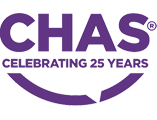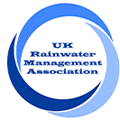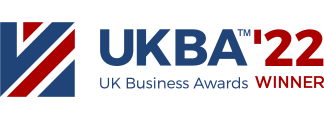Rainwater lends itself well for reuse due to being clean and clear when it falls from the sky. This means that relatively little filtration is required to make it safe for a non-potable water supply.
Rainwater is collected via the roof drainage points and into a central storage tank. Rainwater from the roof area is of the highest quality and does not contain any contaminants or pollution from vehicles, unlike rainwater collected from hard-standing surfaces.
Before entering the storage tank, rainwater passes through a pre-tank filter to remove leaf and roof debris. The pre-tank filter is rated at 1000 microns (1mm).
Rainwater enters the storage tank via a calmed inlet to prevent the disturbance of fine sediment on the base of the storage tank.
On retrofitted systems, storage tanks will be located as close to the roof drainage points as possible to minimise pipework alteration requirements.
Rainwater is then collected from the cleanest part of the storage tank via a floating suction filter and drawn through a set of submersible pumps (or a booster set on the StormStation).
An intelligent mains water top-up will operate automatically via a solenoid valve during dry spells or when there are limited rainwater supplies available. This mains water top-up is physically separated from the public water supply via a compliant air gap to prevent cross-contamination.
An option third stage of filtration can be achieved via automatic backwash filters which remove small particles to improve the quality of the rainwater supply. Learn more about this technology here.
Rainwater is then distributed to points of use around the building.













